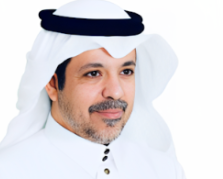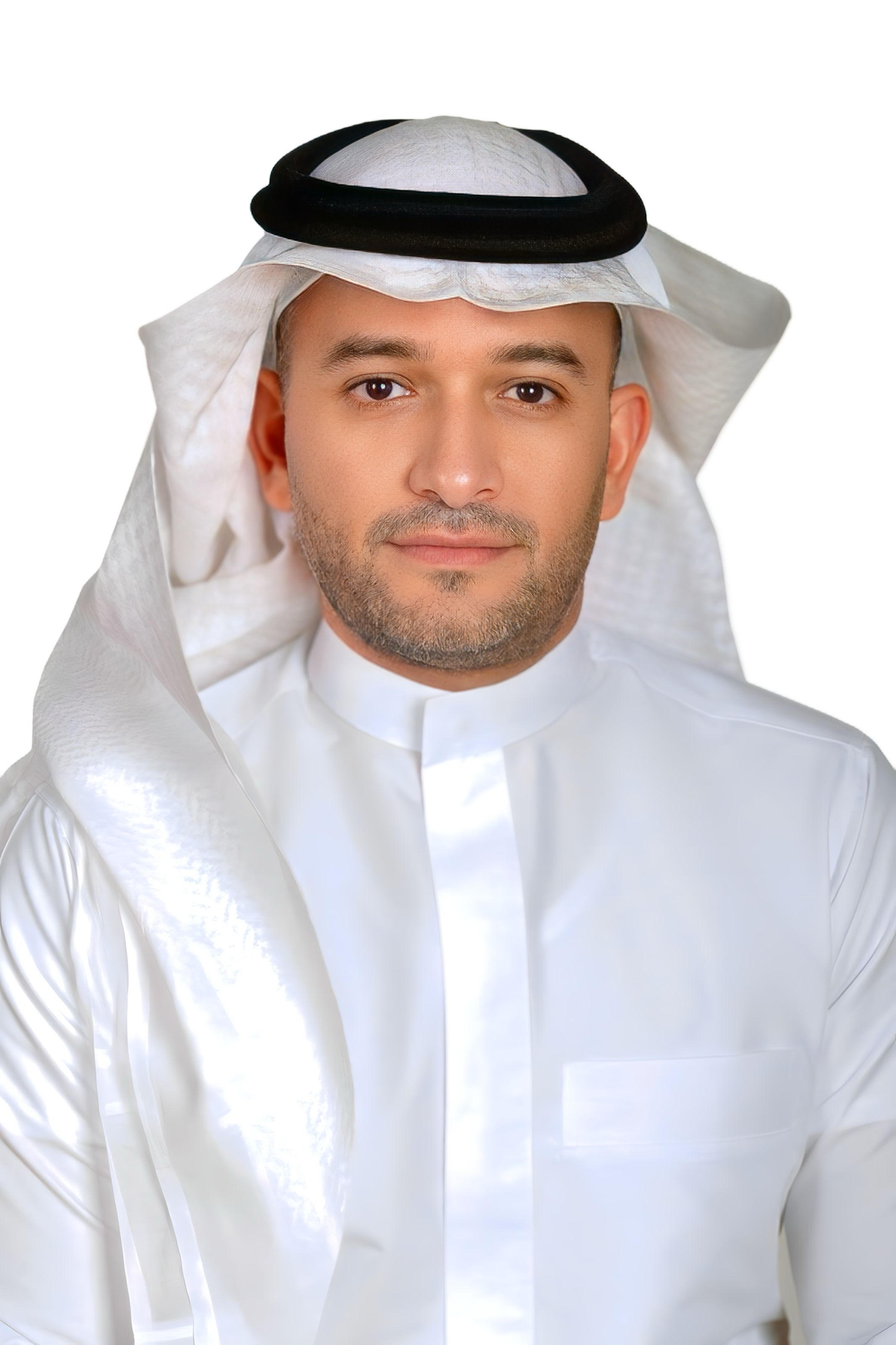Publisher: Maaal International Media Company
License: 465734
The efficiency of education economics in the Gulf states (2010-2018)
The World Economic Forum launched the Global Competitiveness Index (GCI) as a tool to assess the level of competitiveness of our countries in 2005, and the components of the GCI index have been divided into three sub-indicators: basic requirements and enhanced efficiency, innovation and development, where basic requirements are the key factors to be possessed for high productivity, while Efficiency boosters are the factors that affect the creation of production efficiency, while innovation and development factors are the necessary factors for sustainable growth.
It should be noted that there are three sub-indicators that can determine the level or competitiveness index of the country. The three sub-indicators contain 12 columns with 112 variables.
| Indicator and variable | Ratio |
| Foundation efficiency | 20 – 60 % |
| First pillar: institutions | 25 % |
| Pillar 2: Infrastructure | 25 % |
| Pillar 3: Macroeconomic Environment | 25 % |
| The Fourth Pillar: Health and Primary Education | 25 % |
| Economic efficiency | 35 – 50 % |
| Pillar 5: Higher Education and Training | 17 % |
| Pillar 6: Efficiency of the goods market | 17 % |
| Pillar 7: Labor Market Efficiency | 17 % |
| Pillar 8: Developing financial markets | 17 % |
| Pillar 9: Technological Readiness | 17 % |
| 10th Pillar: Market Size | 17 % |
| Efficiency of creativity and innovation | 5 – 30 % |
| Pillar 11: Business Evolution | 50 % |
| Pillar 12: Research and Development Innovation | 50 % |
By reviewing the reality of education in the Arab Gulf countries during (2010-2018) in the Global Competitiveness Index, some points have been reached, the most important of which are:
- The highest rate in the economic efficiency hub achieved by the UAE by (5.2) from (7) in (2014/15, 2016/17, 2017/18).
- The highest rate of efficiency in higher education and training economies achieved by the United Arab Emirates (5.9) from (7) in 2014/15.
- The lowest rate in the economic efficiency axis was Kuwait’s share of (3.9) from (7) in 2014/15
- The lowest rate in the efficiency of higher education and training economies was also 3.8 percent of (7) in 2011/12.
- The highest ranking in the economic efficiency hub was achieved by the UAE by 14 in 2014/15.
- The highest ranking in the efficiency of higher education and training economies was also achieved by the UAE and was (6) in 2014/15.
- The lowest ranking in the economic efficiency axis was for Kuwait and was ranked (81) in 2014/15
- The lowest ranking in the after-efficiency economics of higher education and training was also shared by a state and was (95) came in 2017/18
- The highest impact of the efficiency factors of higher education economics and economic efficiency training was shared by the UAE, with 14.32% of (17%) in 2014/15.
- The lowest impact of the factors of efficiency of the economics of higher education and training on the efficiency of the economy was the share of the State of Kuwait and reached (9.22%) of (17%) in 2011/12.
- The degree to which the efficiency of higher education and training economies affects the efficiency of the economy in the Arab Gulf states considering the global competitiveness index criteria is considered medium to tend to rise to (11.20%) of Origin (17%).
In conclusion, the education index in economic efficiency is a very important factor, which has always made the education budget the highest.
Badr Salem al, Badraniy
اقرأ المزيد
Records of education planning and economics
albadranib@gmail.com






